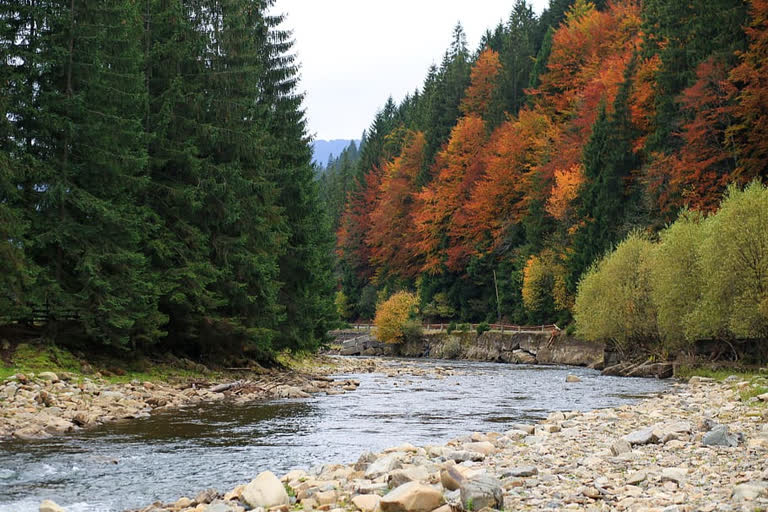Astrakhan: Known as the Pearl of Russia the Volga Delta is the largest inland delta in Europe. Formed where Europe's longest river the Volga flows into the Caspian Sea it splits into countess waterways that create a breathtaking view and homes for rare flora and fauna.
The ecosystem here has been protected since 1919 by Russia's Astrakhan State Natural Reserve.
Spread across 67,000 hectares, it is home to more than 300 plant species from 63 families.
"There are not many big deltas in the world, only around ten and not all of them are situated in the zone of semi-desert. Our (Volga) delta from west and east is bordered with semi-desert and dry area and among these dry areas, Volga Delta is like a huge oasis. And it distinguishes it from other territories," says Kiril Litvinov, deputy director of scientific work at the Astrakhan Biospheric Reserve.
Perhaps the most famous of the delta's inhabitants is the nelumbo caspica or lotus that carpets thousands of hectares of waterways in the reserve.
Scientists argue that at the Volga Delta lotus could have been brought by migrant birds, or nomads during ancient times. But some believe the lotus to be a native inhabitant that has been growing here for millions of years.
Read more:Speech advocate Annie Glenn, NASA astronaut's wife, dies at 100
"Lotus is one of the main characteristic plants. This is the symbol of the Astrakhan region. It can be said that the preservation of this plant became possible by the strives of the employees of the Astrakhan reserve. When the Astrakhan reserve was establishing, the only lotus thicket known to science occupied a quarter of a hectare, today it is spread on thousands of hectares along the Volga delta. This is a tourist attraction and symbol of the Astrakhan region which is very good and pleasant," says Litvinov.
Below the surface, carp and catfish swim in abundance. World renowned for being rich in sturgeon, the waters are home to more than 56 species of fish.
"One of the amazing properties of Volga is the abundance of underwater or water plants and all these plants serve as a huge filter. All the suspended matter that is carried by Volga water is cleaned in the delta. This is a huge huge biological filter. It not only cleans but from these particles the islands of the delta are formed. In other words, all our islands are made from plants and particles which settle on the bottom, and through this the constant expansion of delta takes place. The delta expands 5-6 metres per year and we can say that Russia expands through the Volga delta," explains Kiril Litvinov, deputy director of scientific work at the reserve.
A paradise for bird spotters, the area attracts thousands of tourists each year, all keen to catch a glimpse of magnificent raptors like this White tailed eagle, or the many species that nest here including the Squacco heron, Dalmatian pelicans and swans.
